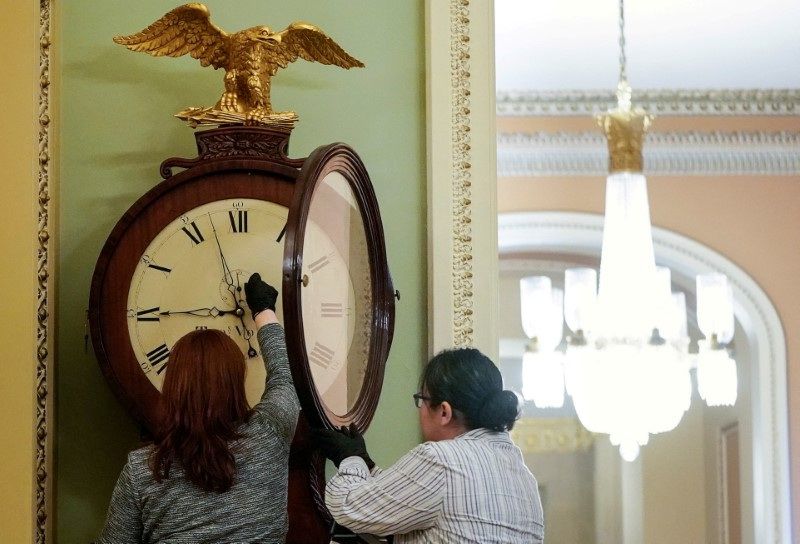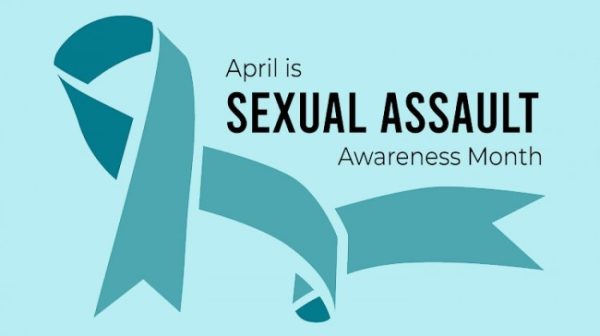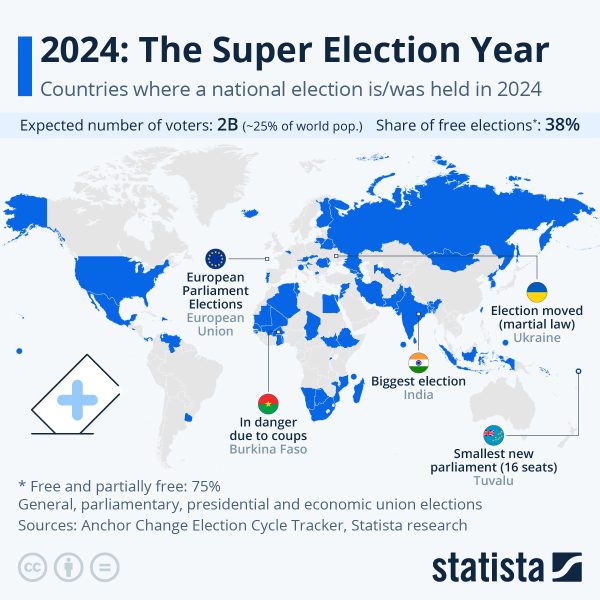What Time Is It?
November 23, 2022
November is one of my favorite months of the year. The weather begins to cool so that I can get my sweaters out and my birthday and Thanksgiving all occur. On top of that, in early November the time changes, and we get an extra hour of sleep. There is a lot to love about this month. But, that extra hour of sleep that we experience in November has become controversial in recent years. Many want to eliminate it and its sister time change in the spring which causes an hour of sleep loss.
Each year in the U.S., the time changes in the spring, causing an hour to be lost, and we enter Daylight Savings Time. In the fall, the time changes again, we gain an hour of sleep and enter Standard Time.
The idea behind these time changes is that as the daylight hours shifted due to the rotation of the earth that corresponds with changing seasons, these time shifts would provide extra sunlight after work. Some credit Benjamin Franklin for coming up with this, citing a satirical letter he wrote, while others credit George Hudson, an entomologist from New Zealand. Regardless, the first country to officially implement some sort of Daylight Savings time change was Germany in 1916, and the United States followed suit in 1918. However, the time changes didn’t stick around outside of World War I and World War II, until 1966, when the U.S. Congress passed a law to split the year in half between Daylight Savings and Standard Time. Following that act, the U.S. Congress extended Daylight Savings Time in 1986 and 2005, so that, as of today, Daylight Savings Time makes up 8 months out of the year, instead of the original 6.
Although the intentions behind these time changes were to give more daylight to workers and save energy, they have been linked to many negative effects. These effects include associations with increased heart attacks, fatal car accidents, and weakened immune systems around time changes. Additionally, some studies have found minimal energy benefits, and in some areas, it has been linked to increased energy consumption, as people use more air conditioning over the summer and more electricity during the winter due to these time changes.
In March, the U.S. Senate unanimously passed a law to make Daylight Savings time permanent and end time changes. Supporters of this law say it will lead to brighter afternoons and more economic activity, as workers are more likely to shop after work if it is still bright out. This could potentially benefit certain industries by millions of dollars in revenue. However, the U.S. House of Representatives is a little more divided on the issue, so they have not passed it and this law has not yet taken effect. About a third of U.S. states openly support this act, with even more holding a neutral stance or stating that their new Daylight Savings policy would depend on that of neighboring states. Currently, Hawaii, Arizona, and U.S. territories, including Puerto Rico, do not observe Daylight Savings or experience time changes.
For this year anyway, Daylight Savings Time has ended, and many Americans have gained an hour of sleep. Moving forward, however, our time changes may be numbered.
Sources:









